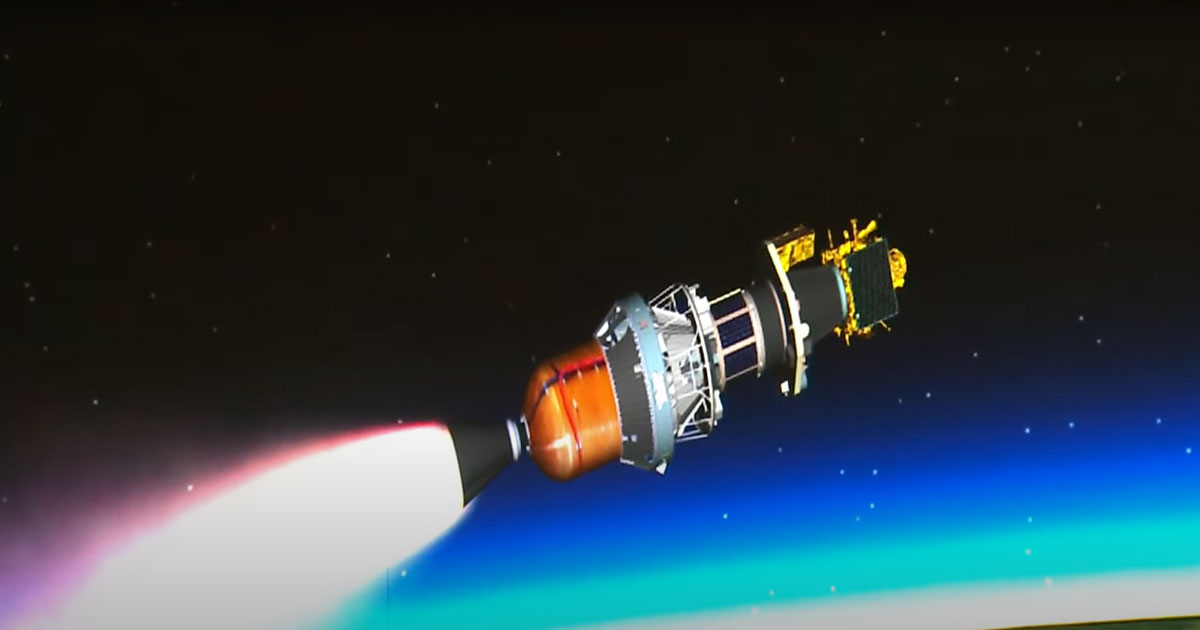Isro launches its first space research platform XPoSat
01 Jan 2024

The Indian Space Research Organisation (Isro) started the New Year with the successful launch of the XPoSat and 10 other satellites into the space aboard its workhorse PSLV rocket.
PSLV-C58, with its payload of 11 satellites, including XPoSat, lifted off from the first launch pad of the Satish Dhawan Space Centre in Sriharikota at 9.10am. About 22 minutes after liftoff, the rocket placed XPoSat in an eastward low-inclination 650km orbit.
XpoSat (X-ray Polarimeter Satellite) is India’s first dedicated scientific satellite for carrying out research in space-based polarisation measurements of X-ray emissions from celestial objects, including black holes.
After injection of XPoSat, the PS4 stage was restarted twice to reduce the orbit into 350km circular mode to maintain a stabilised orbital platform for carrying out experiments. The PSLV orbital experimental module-3 (POEM-3) experiment was executed, meeting the objective of 10 identified payloads supplied by Isro nd InSpace.
XPoSat which uses a modified from the IMS-2 bus platform, carries two scientific instruments, namely, POLIX (Polarimeter Instrument in X-rays) and XSPECT (X-ray Spectroscopy and Timing). POLIX is realised by Raman Research Institute and XSPECT by Space Astronomy Group of URSC. According to Isro, the scientific goals of the mission include:
- Measuring polarisation of X-rays in the energy band 8-30keV emanating from about 50 potential cosmic sources through Thomson Scattering by POLIX payload;
- Carry out long term spectral and temporal studies of cosmic X-ray sources in the energy band 0.8-15keV by XSPECT payload;
- Carry out polarisation and spectroscopic measurements of X-ray emissions from cosmic sources by POLIX and XSPECT payloads respectively in the common energy band;
- Study the distribution of magnetic field, geometric anisotropies, alignment w.r.t line of sight, nature of accelerator in galactic cosmic X-Ray sources by measuring degree of polarization and its angle;
- Study the structure and geometry of magnetic field of neutron stars, mechanism of X-Ray beaming and its relation with luminosity and mass of accretion rate of powered pulsars;
- Understanding galactic black hole binary sources in detail;
- Study and confirm about whether production of X-Rays is either from polar cap of neutron star or outer cap of pulsar magnetosphere; and.
- Distinguish the synchrotron mechanism as dominant over thermal emission in Supernova remnants.
Isro has planned a series of 12 major space missions in 2024, which will take the space agency to new areas – beginning with the current mission to probe the mysteries of cosmic X-rays, following a previous mission to study the secrets of the Sun. It is also setting the stage for a human flight into space.






























